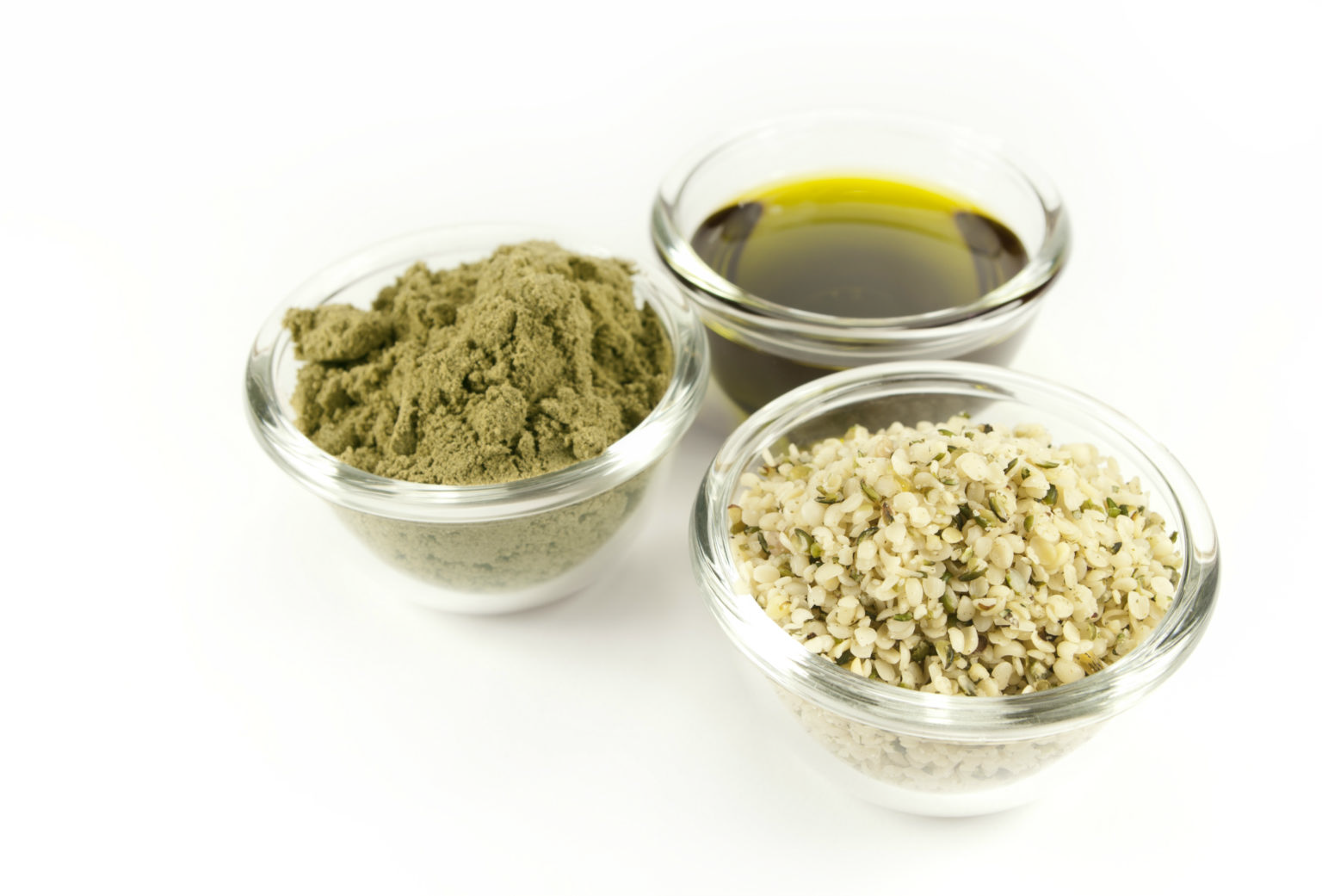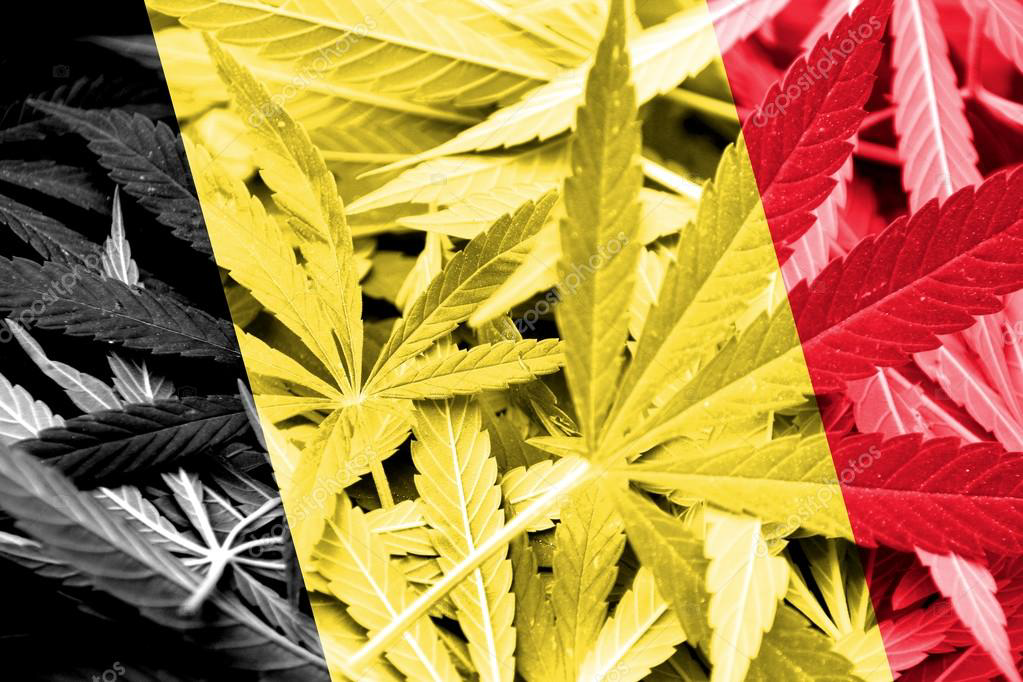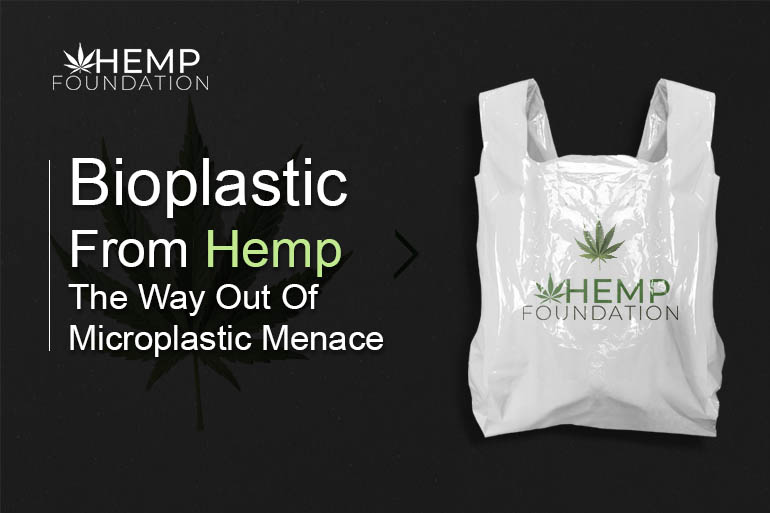
The hemp plant has gained popularity in recent years as a versatile and sustainable resource. Not only is hemp used in clothing, fuel, and paper products, but it is also a nutritious and delicious food option. Hemp-based foods are packed with protein, fiber, and essential vitamins and minerals, making them a great addition to any diet. In this article, we’ll explore the joyous reasons to embrace hemp-based foods and why they deserve a spot in your pantry.
Hemperor’s Delight: Delicious and Nutritious Hemp Foods
Hemp-based foods come in many forms, from hemp seeds and protein powder to hemp milk and oil. One of the most popular ways to enjoy hemp is through hemp seeds. These tiny superfoods are a complete protein source, containing all nine essential amino acids, and are high in omega-3 and omega-6 fatty acids. Hemp seeds can be sprinkled on top of salads or used as a crunchy topping for smoothie bowls.
Hemp milk is another delicious way to incorporate hemp into your diet. It has a nutty, creamy flavor and is a great dairy-free alternative for those with lactose intolerance or a vegan diet. Hemp milk is also a good source of calcium, vitamin D, and iron. It can be used in baking, added to oatmeal or coffee, or enjoyed on its own.
Hemp Seeds: The Wonder Food That Packs a Powerful Punch
Hemp seeds are a nutritional powerhouse, containing a variety of vitamins and minerals. They are a good source of magnesium, which plays a crucial role in muscle and nerve function, as well as immune system health. Hemp seeds also contain zinc, which is essential for wound healing, and iron, which helps transport oxygen throughout the body. Adding just a few tablespoons of hemp seeds to your meals can provide a significant nutritional boost.
The Hemp Revolution: Why You Should Join the Movement
The hemp industry is on the rise, and for good reason. Hemp is a sustainable crop that requires minimal pesticides and fertilizers, making it an eco-friendly alternative to conventional crops. Hemp also has a shorter growing cycle than other plants, allowing farmers to produce more crops in a shorter amount of time. By supporting the hemp industry, you are promoting sustainability and helping to reduce the carbon footprint of the food industry.
Hemp for Health: The Benefits of Incorporating Hemp into Your Diet
Incorporating hemp into your diet can have numerous health benefits. Hemp seeds, for example, are high in fiber, which can aid in digestion and help regulate blood sugar levels. Hemp is also an excellent source of plant-based protein, making it a great option for vegetarians and vegans. Additionally, hemp seeds contain a compound called gamma-linolenic acid (GLA), which has been shown to reduce inflammation and improve skin health.
Going Green with Hemp: Eco-Friendly and Sustainable Food Options
Hemp-based foods are a great way to reduce your environmental impact. Hemp is a renewable resource that requires less water and pesticides than other crops, making it a more sustainable option. Hemp milk, for example, has a lower carbon footprint than dairy milk and requires less water to produce. By choosing hemp-based foods, you are making a conscious effort to reduce your environmental impact.
Hemp, Hemp, Hooray! Celebrating the Versatility of Hemp-Based Products
Hemp-based products are incredibly versatile and can be used in a variety of ways. Hemp oil, for example, can be used in cooking or as a salad dressing. Hemp protein powder can be added to smoothies or used in baking. Hemp seeds can be used as a crunchy topping for yogurt or oatmeal. The possibilities are endless, and the versatility of hemp-based products makes them a great addition to any kitchen.
The Hemp Kitchen: Creative and Inventive Recipes to Try
Experimenting with hemp-based recipes can be fun and rewarding. Hemp pesto, for example, is a delicious twist on traditional pesto and can be used as a pasta sauce or as a dip for veggies. Hempseed hummus is another tasty option that is high in protein and fiber. There are countless ways to incorporate hemp into your meals, and trying new recipes can help you discover your favorite way to enjoy this superfood.
Hemp and Happiness: Can Eating Hemp Make You Feel Good?
Hemp-based foods not only provide numerous health benefits but can also improve your mood. Hemp seeds are high in magnesium, which has been shown to help reduce symptoms of anxiety and depression. Additionally, the omega-3 and omega-6 fatty acids found in hemp seeds can help improve brain function and memory. Incorporating hemp into your diet can help you feel good both physically and mentally.
From Seed to Table: The Fascinating Journey of Hemp Foods
The journey of hemp-based foods is a fascinating one. From planting the seeds to harvesting the crop, there are many steps involved in bringing hemp products to your table. By learning about the process, you can gain a deeper appreciation for the hard work and dedication that goes into producing this superfood.
Hemp: More Than Just a Trendy Superfood
Although hemp-based foods may be trendy, they are more than just a passing fad. Hemp is a sustainable and nutritious crop that has been used for centuries. Incorporating hemp into your diet can provide numerous health benefits and promote sustainability.
Get Hooked on Hemp: Why Hemp Foods Deserve a Spot in Your Pantry
In conclusion, hemp-based foods are a delicious and nutritious option that deserves a spot in your pantry. Whether you prefer to add hemp seeds to your meals or experiment with hemp-based recipes, there are countless ways to enjoy this versatile superfood. By embracing hemp-based foods, you are not only promoting sustainability but also improving your health and wellbeing. So go ahead, get hooked on hemp, and join the hemp revolution today!




